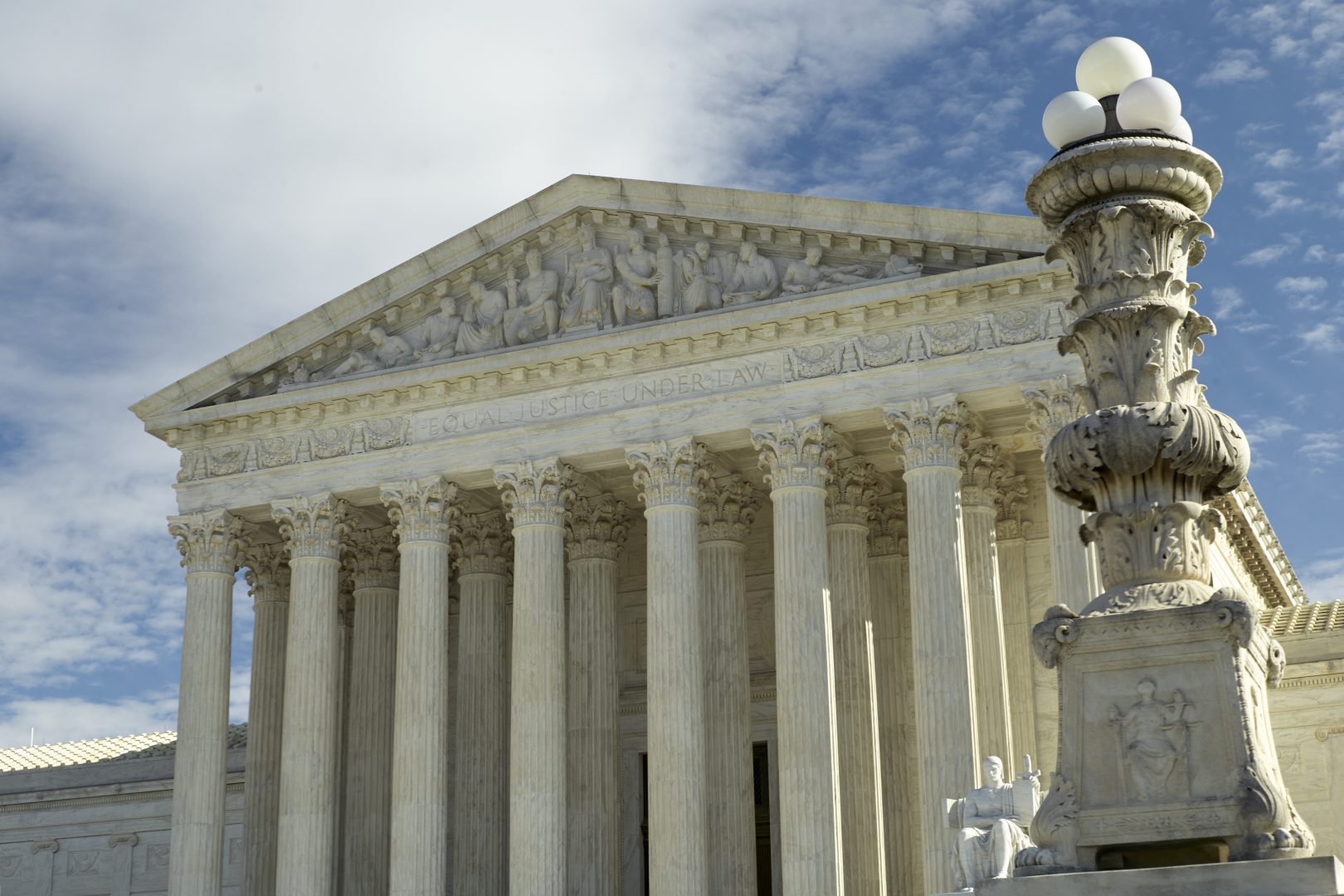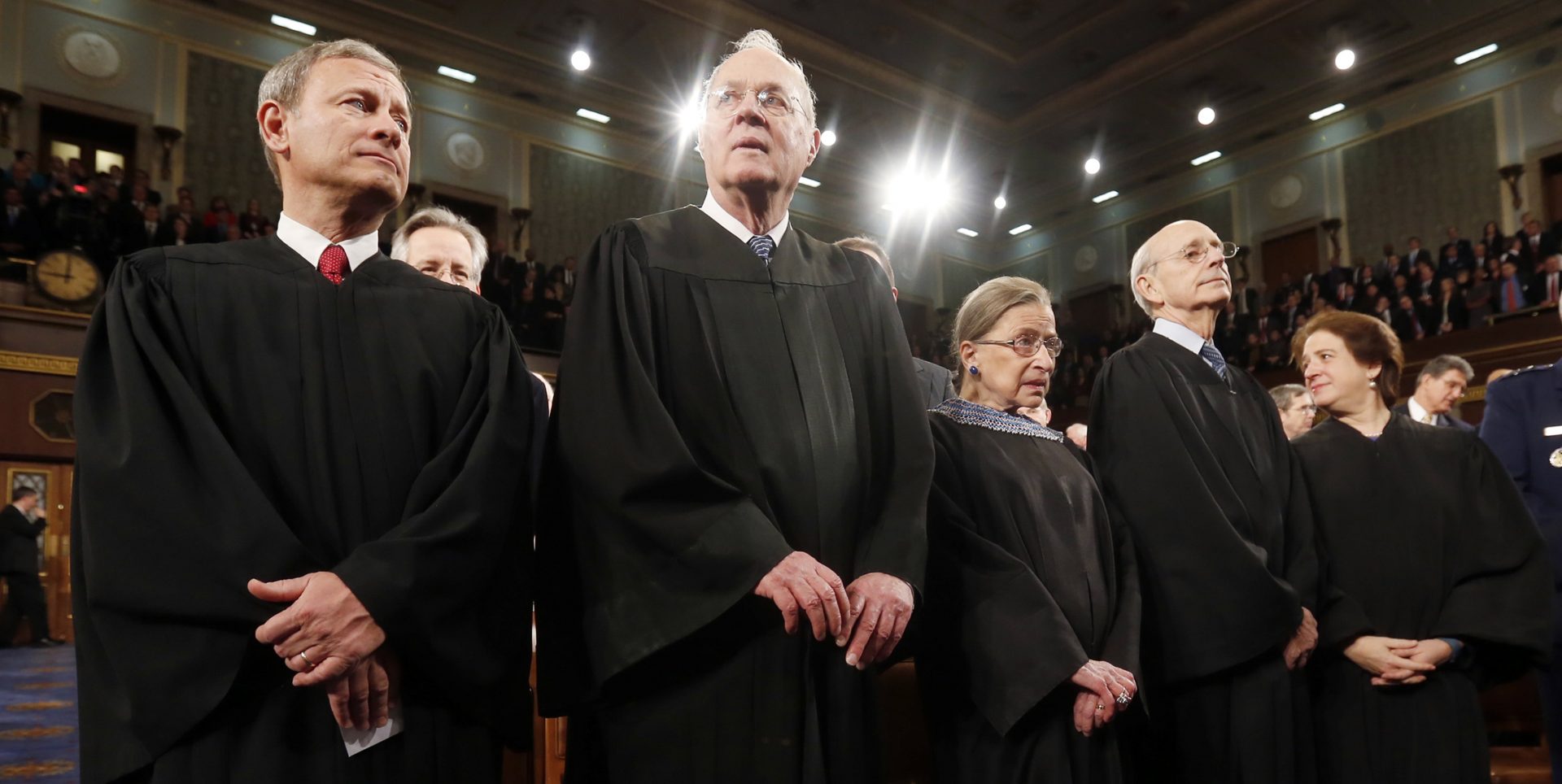
FILE - This is a Jan. 27, 2020 file photo of The Supreme Court in Washington.
Mark Tenally / AP Photo

FILE - This is a Jan. 27, 2020 file photo of The Supreme Court in Washington.
Mark Tenally / AP Photo

Mark Tenally / AP Photo
FILE - This is a Jan. 27, 2020 file photo of The Supreme Court in Washington.
What you should know
» Coronavirus facts & FAQ
» Day-by-day look at coronavirus disease cases in Pa.
» It’s time to get serious about social distancing. Here’s how.
(Washington) — The U.S. Supreme Court begins an extraordinary two weeks of oral arguments Monday. It will be the first time in history that the court has allowed live streaming of its audio, and the first time that the court is hearing arguments via telephone hookup, instead of in the flesh.
The justices are trying to simulate their normal arguments as much as possible, beginning with Chief Marshal Pamela Talkin calling the court to order with a slightly modified version of her usual “Oyez, oyez, oyez….”
After that, very little will be as usual.
Because the arguments are conducted over the phone, the justices and the lawyers cannot see one another, and listeners will all try to imagine where the justices and lawyers are sitting or standing in their homes to hear or present arguments.
While most of the lawyers will be in their homes, the government’s lawyers will be making their arguments from the office of the Solicitor General, and in a bow to formality, they plan to wear their usual formal morning coat attire.
The lawyers we sampled, to a person, said they are more comfortable standing, or even standing at a lectern, as they usually do during oral arguments, even though nobody can see them. The arguments are limited to a half hour on each side. And, as usual, each side will get to make an opening argument for two minutes uninterrupted.
After that, under normal circumstances, the justices engage in rapid-fire questioning of the lawyers, interrupting counsel frequently, and even, on occasion, each other.

Larry Downing / AP Photo
Chief Justice John Roberts (left) stands with his colleagues on the 2014 Supreme Court. Unlike during the Clinton impeachment trial, the membership and the direction of the court has changed in the past few years.

Get insights into WITF’s newsroom and an invitation to join in the pursuit of trustworthy journalism.
The days of journalism’s one-way street of simply producing stories for the public have long been over. Now, it’s time to find better ways to interact with you and ensure we meet your high standards of what a credible media organization should be.